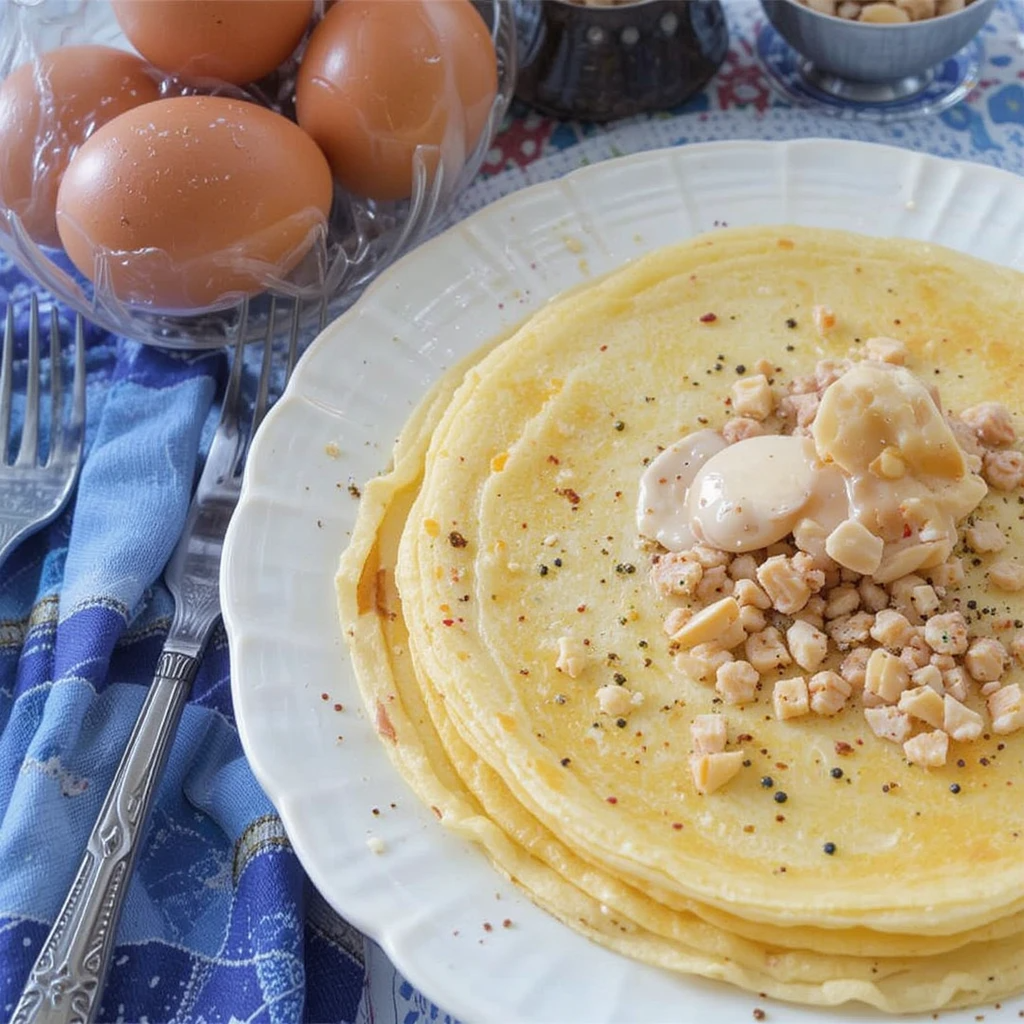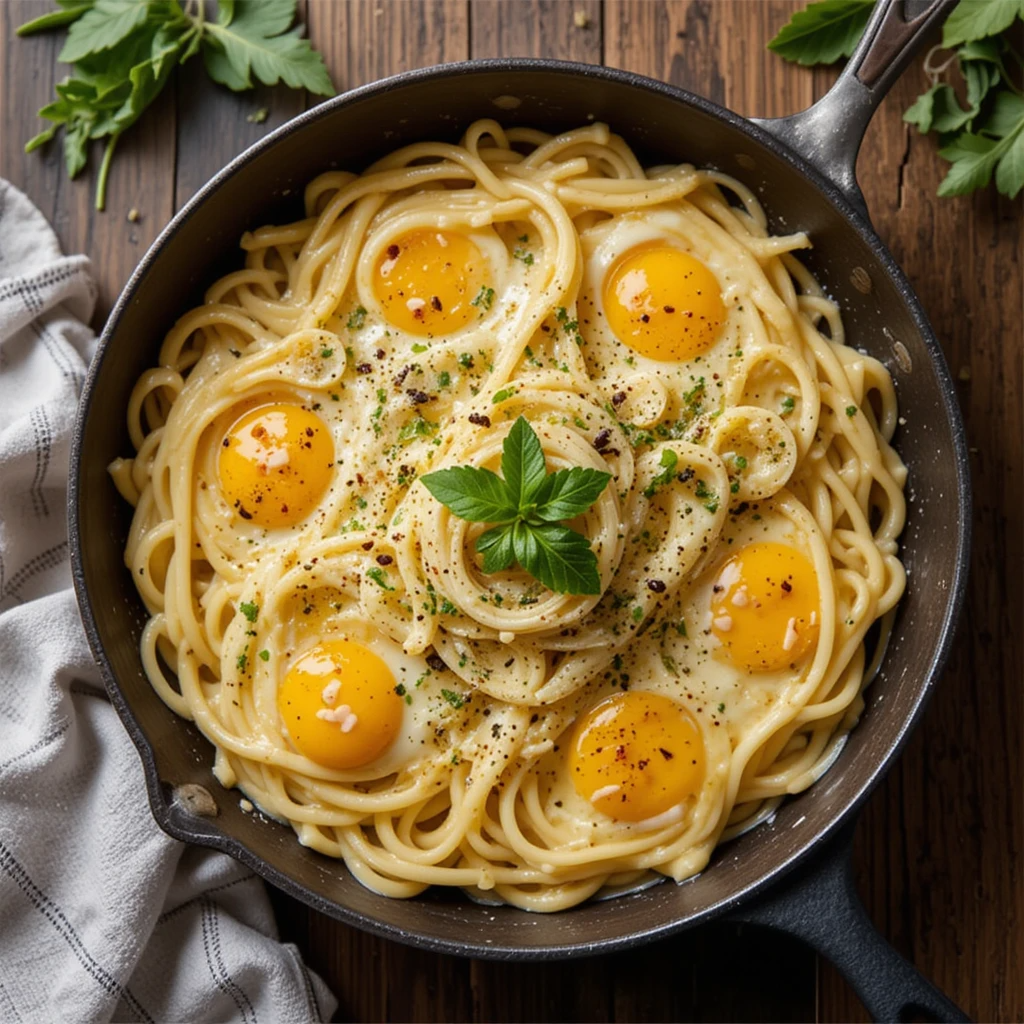The Spanish Tortilla de Patatas: More Than an Omelette, It’s a National Icon
A Humble Masterpiece
Imagine a dish so deeply woven into the fabric of a nation’s identity that it appears on bar counters at noon, at family gatherings on Sunday afternoons, and at room temperature in a hiker’s backpack. This is the Spanish Tortilla de Patatas (Spanish Potato Omelette), a deceptively simple creation of eggs, potatoes, and often onion, transformed through technique and tradition into a culinary icon. It is hearty yet delicate, universally loved yet passionately debated. It is not merely food; it is a symbol of Spanish comfort, resilience, and community. This article delves beyond the recipe to explore the soul of the tortilla, providing you with everything you need to understand, make, and appreciate this legendary dish.
A Slice of History: The Origins of the Tortilla
The exact origins of the tortilla are shrouded in the mists of time and are a matter of national pride. The most popular tale dates back to the Carlist Wars in the 1830s. As the story goes, a poor Basque general, Tomás de Zumalacárregui, invented the dish as a simple, nutritious, and portable way to feed his starving troops. By combining readily available ingredients eggs, potatoes, and onions he created a sustaining meal that could be easily transported and eaten cold.
While this makes for a romantic story, historical records suggest that the tortilla was mentioned earlier, in a document from 1817 sent to the court of Navarre describing the sparse diet of the region’s farmers. Regardless of its precise birth, the tortilla’s popularity soared because it solved a fundamental problem: it was a cheap, filling, and scalable dish that could feed many with few resources, cementing its place in the heart of Spanish cuisine.
The Great Debate: Con Cebolla or Sin Cebolla?
No discussion about tortilla is complete without addressing the great national divide: to add onion (con cebolla) or not to add onion (sin cebolla). This is a serious matter in Spain, capable of sparking friendly (and sometimes not-so-friendly) debate at any table.
- The Purists (Sin Cebolla): This camp argues that a true tortilla should highlight the perfect, creamy marriage of eggs and potatoes alone. They believe onion overpowers the subtle sweetness of the potatoes and alters the authentic texture and flavor.
- The Reformists (Con Cebolla): This group, which includes a vast number of Spaniards and many renowned chefs, champions the addition of slowly caramelized onion. They argue that the onion adds a crucial depth of flavor, a natural sweetness, and an unmatched juiciness to the interior.
There is no official winner. The choice is deeply personal. Many believe the addition of onion marks the difference between a good tortilla and a truly sublime one. When in doubt, making it con cebolla is generally considered the safer, and for many, the superior bet.
Deconstructing the Classic: Ingredients and Their Roles
The beauty of the tortilla lies in its simplicity. For a classic version using 6-7 eggs, you will need:
- Potatoes (1 kg / 2.2 lbs): Use starchy or all-purpose potatoes like Russet or Yukon Gold. Their high starch content helps them break down slightly during cooking, creating a creamy, cohesive texture when mixed with the egg. They are traditionally sliced thinly (⅛ inch) or into small, irregular dice.
- Eggs (6-7 large): The binder. Fresh, high-quality eggs are non-negotiable. They create the structure and richness of the tortilla. The number of eggs can be adjusted slightly based on the size of your pan and the desired egg-to-potato ratio.
- Onion (1 large, optional but recommended): Yellow or white onions are traditional. They must be sliced thinly and cooked slowly until soft, sweet, and translucent, not browned.
- Extra Virgin Olive Oil (A generous amount, 1-2 cups): This is a key ingredient. Spaniards fry the potatoes in abundant, quality olive oil at a relatively low temperature. This confits the potatoes and onions, cooking them through gently without frying them crisp. The oil can be strained and reused for other cooking.
- Salt (to taste): Crucial for seasoning every layer the potato-onion mixture and the eggs.
The Art of the Flip: A Step-by-Step Guide to Perfection
The technique is what transforms these simple ingredients into magic. The dreaded “vuelta” (the flip) is the tortilla maker’s rite of passage.
- Cook the Potato-Onion Base: Thinly slice the potatoes and onions. Heat a generous amount of olive oil in a deep, non-stick or well-seasoned skillet over medium-low heat. Add the potatoes and onions, ensuring they are submerged in the oil. Cook gently for 20-30 minutes, stirring occasionally, until they are extremely tender and can be easily pierced with a knife. They should not be brown or crispy.
- Drain and Season: Drain the potato-onion mixture in a colander, reserving the precious oil for future use. Let it cool for a few minutes. In a large bowl, beat the 6-7 eggs vigorously with a good pinch of salt until slightly frothy.
- Combine: Add the warm (not hot) potato-onion mixture to the beaten eggs. Stir gently to combine, crushing the potatoes slightly so the egg mixture envelops every piece. Let this sit for 10-15 minutes. This resting period is a secret weapon it allows the starches from the potatoes to absorb the egg, resulting in a creamier, more unified texture.
- The First Cook: Heat a tablespoon of the reserved oil in an 8 or 9-inch non-stick skillet over medium-high heat. Pour the entire mixture in, spreading it evenly. Reduce the heat to medium-low and cook for 3-4 minutes, until the edges are set and the bottom is golden brown.
- The Flip: Here is the moment of truth. Place a large, flat plate (or a lid) upside down over the skillet. With one confident hand on the plate and the other on the skillet handle, quickly and decisively invert the tortilla onto the plate. It should slide out cleanly.
- The Second Cook: Slide the tortilla back into the skillet, using a spatula to tuck in the sides. Cook for another 3-4 minutes on the other side until golden brown and the center is cooked to your liking. For a tortilla jugosa (runny center), cook for less time. For a fully set center, cook longer.
- Rest and Serve: Slide the finished tortilla onto a clean plate and let it rest for at least 5-10 minutes before slicing. This allows the layers to set fully, making it easier to cut into neat wedges. It is delicious warm, at room temperature, or even cold from the fridge.
Beyond the Classic: Modern Interpretations
While the classic is timeless, modern chefs and home cooks love to experiment. Common additions include:
- Roasted red peppers or sautéed spinach for color and sweetness.
- Serrano ham or chorizo for a salty, meaty punch.
- Goat cheese or manchego for a creamy, tangy element.
- Caramelized leeks or wild mushrooms for an earthy depth.
Conclusion: The Heart of Spain on a Plate
The Spanish Tortilla de Patatas is a testament to the power of simple, quality ingredients treated with respect and skill. It is a dish of contrasts: humble yet sophisticated, simple yet technically demanding, unified yet divisive. It tells a story of history, regional identity, and family. To make a tortilla is to participate in a centuries-old ritual. To share it is to offer a genuine piece of Spanish warmth and generosity. So, gather your eggs, potatoes, and courage for the flip. You’re not just making dinner; you’re keeping a delicious tradition alive.



